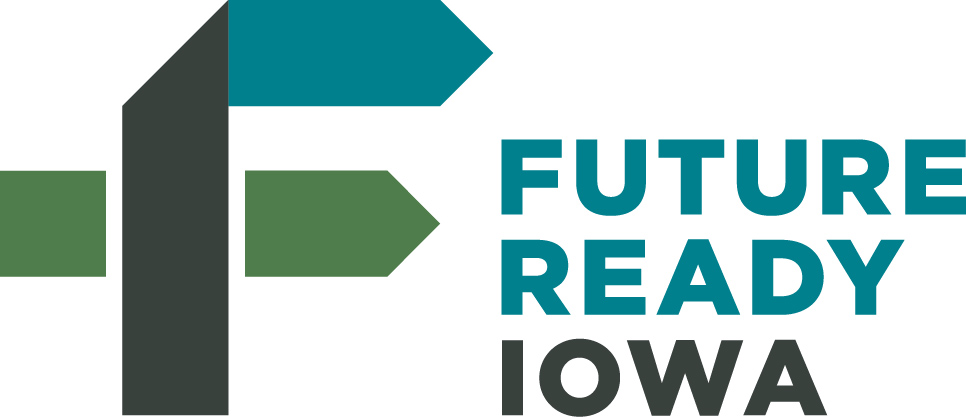STEM Scale-Up Program providers share communication best practices for virtual learning.
Communication is often referred to as the key to success and is possibly even more important in a virtual learning environment. Below are some tips and best practices from STEM Scale-Up Program providers* to enhance the communication flow in a virtual settings.
- Share necessary information well enough in advance of the session.
- Set expectations early on. Something will probably go wrong, so share that everyone is in this together and we'll recover from mishaps to make sure learning is still happening.
- Address the realities of the current circumstances. Demonstrate examples of how to use materials now and discuss what implementation looks like in their specific situation. Don’t just present for ‘when things go back to normal’.
- Try to limit the number of technology tools used to no more than three to reduce the cognitive load of learning new content and potentially new tools. Choose tools that help engage participants and that are accessible after the lesson or meeting.
- Provide a contact phone number for participants who may have additional questions or needs.
- Allow extra wait time - more time than one might use in a face to face scenario. It has the effect of giving audience think time, as well as to navigate that uncertainty about who should go next that arises virtually in the absence of body cues.
- During synchronous meeting time, try to engage people in different ways. Some participants enjoy talking in a large group, while others prefer smaller breakout groups for discussion. Additional support times and social connections such as a morning "coffee hour" allows an opportunity for participants to ask questions or get additional help with something outside of the larger group.
- Record sessions for reference afterwards, if appropriate, for participants who may have had technology or Internet access problems.
- For additional assistance outside the lesson or meeting, other methods may include webinars, office hours, increased community access, blog post series, email, social media, conferencing platforms and direct mail to send hands on materials to use during the session.
- Encourage feedback from the participants and use asynchronous times to make adjustments to their needs and requests. Consider anonymous surveys to get feedback before and after a lesson or meeting.
*We thank the following program providers for contributing to this two-part story:
Rashonda Carroll, Hand2Mind
Samantha Dahlby, NewBoCo
Amanda Gentry, Project Lead The Way
Dan Meyer, Desmos
Jolie Pelds, Science Center of Iowa
Category:


